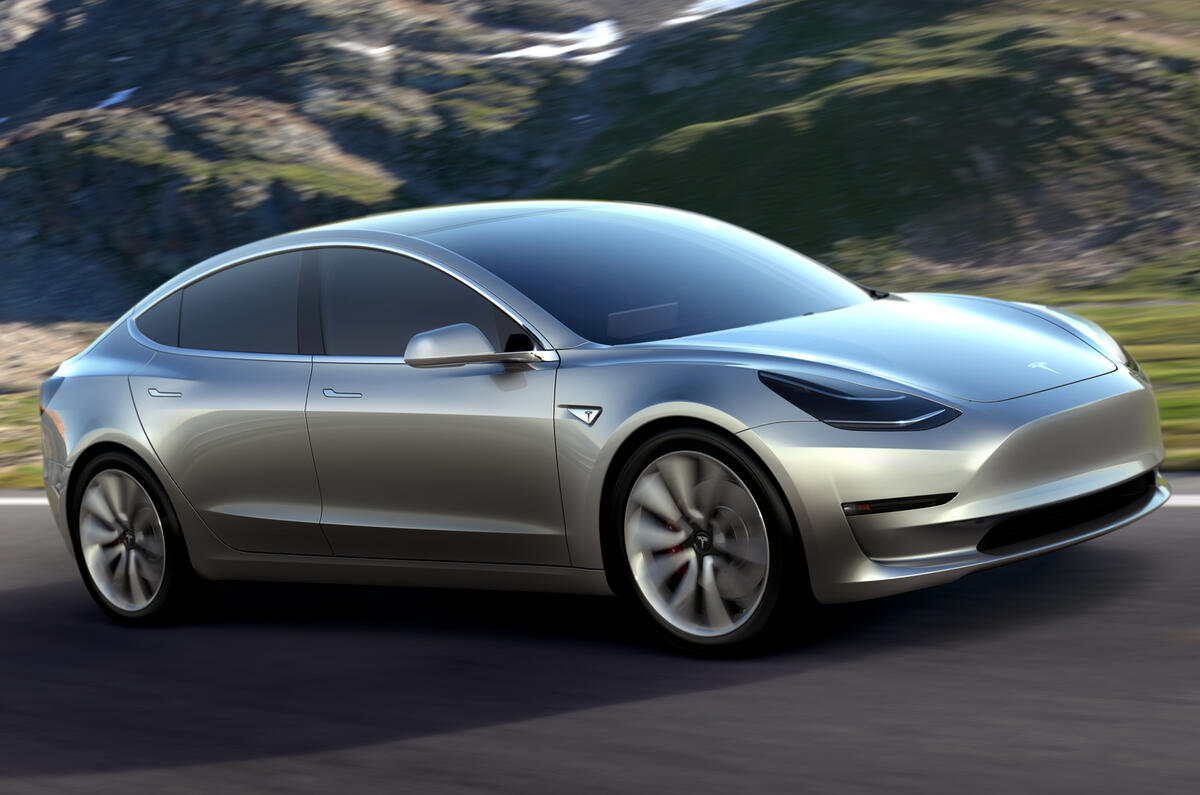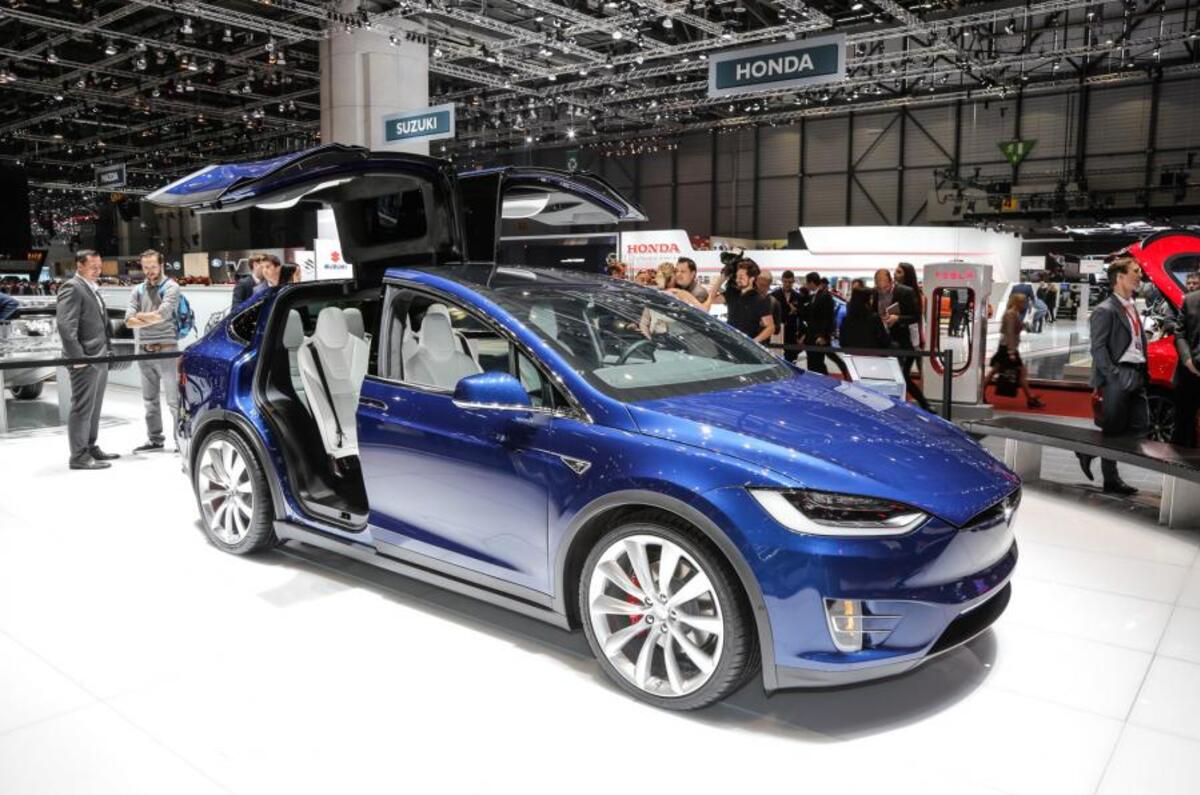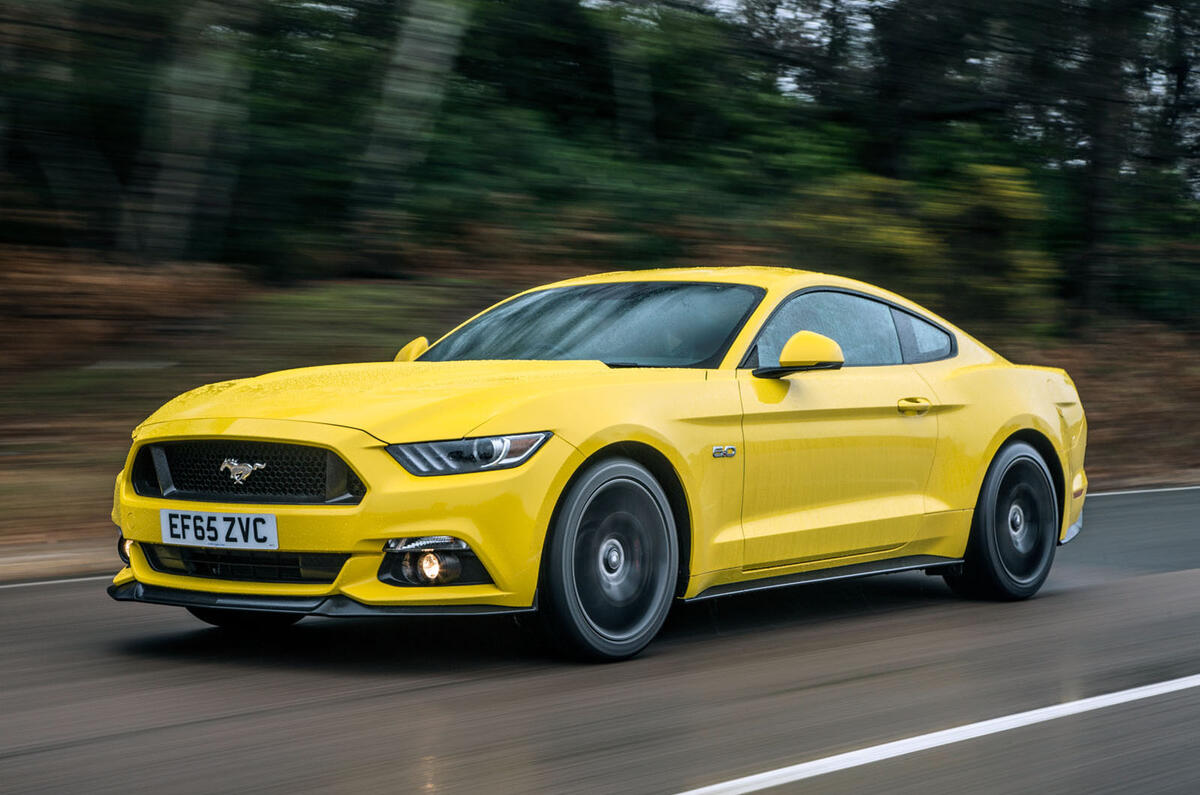The recent rapid growth in popularity of the electric car has sparked some concern within the motor industry.
People who like cars that make sounds and vibrate and smell of oil say electric cars are soulless; that while they emit nothing from their tailpipes, they lack the visceral experience of a throbbing V8 or highly-strung four-pot. These people are right.
Those of you who have driven a Tesla Model S will be familiar with the sensation of linear acceleration, but while it’s undeniably impressive, I bet few would say it’s as immersive as, say, a naturally aspirated flat-six. Because while the electric car surges forward like a runaway train, the petrol one builds and builds likes an orchestra as the revs rise.
When we’re talking about the experience, electric cars, even in their most extreme form, just can’t compete with combustion engined ones. And that’s just fine, because they shouldn’t have to.

Recent trends in the motor industry suggest we could soon be facing a two-lane future for cars. In the right hand lane we have this new breed of electric cars that offer increasing range and zero tailpipe emissions, while on the left, we have a new breed of combustion engine cars, less focused on reducing CO2 figures and more concerned with driver engagement and thrill factor.





Join the debate
Add your comment
Electric cars
Battery life
Agree!